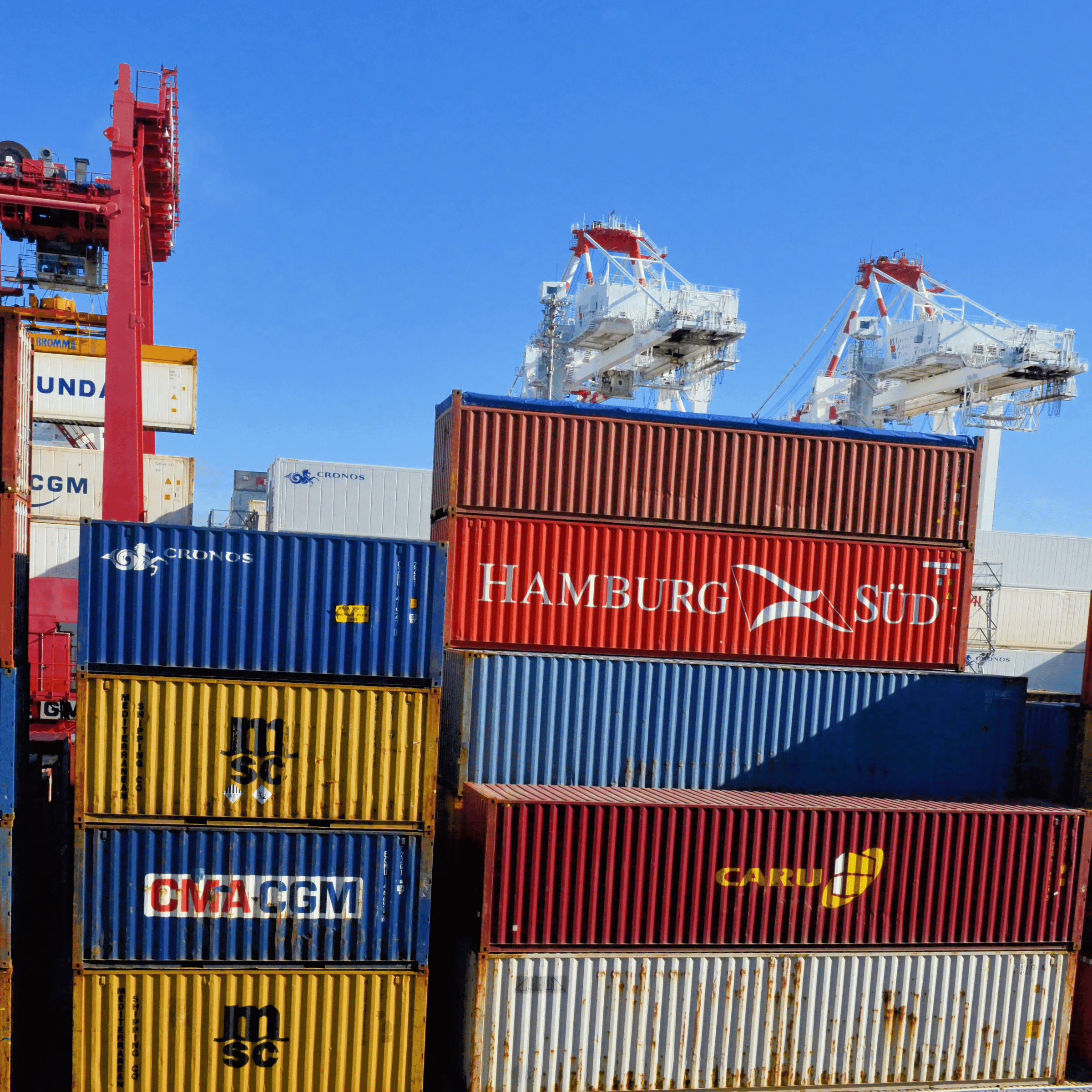Assortment planning is an essential process in the retail and e-commerce sectors, focusing on determining the right mix of products to be sold during a specific period. This strategic decision-making process allows retailers to align their inventory with consumer demand, maximizing profits and optimizing inventory turnover. This article delves into the intricacies of assortment planning and its application in the modern retail and e-commerce landscape.
1. What is Assortment Planning?
Assortment planning is the practice of choosing which products and how many of each should be offered for sale across different locations and sales channels. The primary goal is to cater to consumer preferences while maintaining optimal stock levels, minimizing markdowns, and ensuring efficient inventory turnover.
2. The Assortment Planning Process
The process can be broken down into several stages:
Data Collection: Retailers gather data about past sales, current inventory levels, market trends, and customer preferences.
Analysis: The data is then analyzed to discern patterns, potential product gaps, or overrepresented categories.
Planning: Based on the insights, a preliminary assortment plan is created. This plan outlines the mix of products, their quantities, and allocation.
Execution: The plan is implemented. Orders are placed, and inventory is distributed across locations or channels.
Review: Post-season or post-sales period, the results are reviewed. Sales performance, stock levels, and other metrics are evaluated.
Adjustment: Based on the review, adjustments are made for the next cycle.
3. Allocation between Locations and Channels
Allocation is a sub-process within assortment planning where products are distributed among various stores or sales channels. This is particularly relevant for businesses with multiple outlets or omnichannel operations.
Factors influencing allocation include:
– Sales history of a particular location or channel.
– Demographic and psychographic data of the customer base in a location.
– Store size and capacity.
– Promotional activities in specific areas.
– Competitor activities and presence in the location.
– For e-commerce, allocation also involves determining which products to showcase prominently on the website, based on search trends, online behavior, and predictive analytics.
4. Benefits of Assortment Planning
Enhanced Customer Satisfaction: By offering products that customers want, retailers can enhance satisfaction and loyalty.
Optimized Inventory Levels: Assortment planning reduces instances of overstock and stockouts.
Increased Sales and Profitability: Aligning inventory with demand drives sales and minimizes markdowns.
Better Supplier Negotiations: With data-backed insights, retailers can negotiate better terms with suppliers.
5. Assortment Planning in E-commerce
The rapid growth of e-commerce has made assortment planning more dynamic. Online retailers have the advantage of a wider audience but also face challenges in keeping up with rapidly changing customer preferences.
Key considerations for e-commerce assortment planning include:
Dynamic Pricing: Online platforms can adjust prices in real-time based on demand and competition.
Digital Shelf Space: Unlike physical stores, e-commerce platforms aren’t restricted by physical shelf space. However, too many options can overwhelm consumers.
Customer Reviews and Feedback: These play a pivotal role in product popularity and trustworthiness.
Search Engine Optimization (SEO): Product assortment can be influenced by what products or categories are currently trending in search.
6. Challenges and Solutions
Challenges:
– Rapidly changing consumer preferences.
– Technological integration between systems.
– Maintaining profitability while catering to a wide audience.
Solutions:
– Implementing advanced analytics and AI for predictive insights.
– Continual review and adjustment of the assortment strategy.
– Leveraging technology solutions like integrated planning systems.
7. The Future of Assortment Planning
With technological advancements, especially in AI and machine learning, assortment planning will become more predictive. Retailers will increasingly rely on real-time data and automation to adjust their product mix. The integration of online and offline data will provide a more holistic view of customer preferences, enabling a seamless shopping experience.
Conclusion
Assortment planning is an indispensable tool in the retailer’s arsenal. With the fusion of data analytics, technology, and strategic thinking, retailers and e-commerce businesses can curate an optimal product mix that appeals to their customer base while ensuring profitability and efficient inventory management. As the retail landscape evolves, assortment planning will continue to play a pivotal role in driving success in this dynamic industry.






